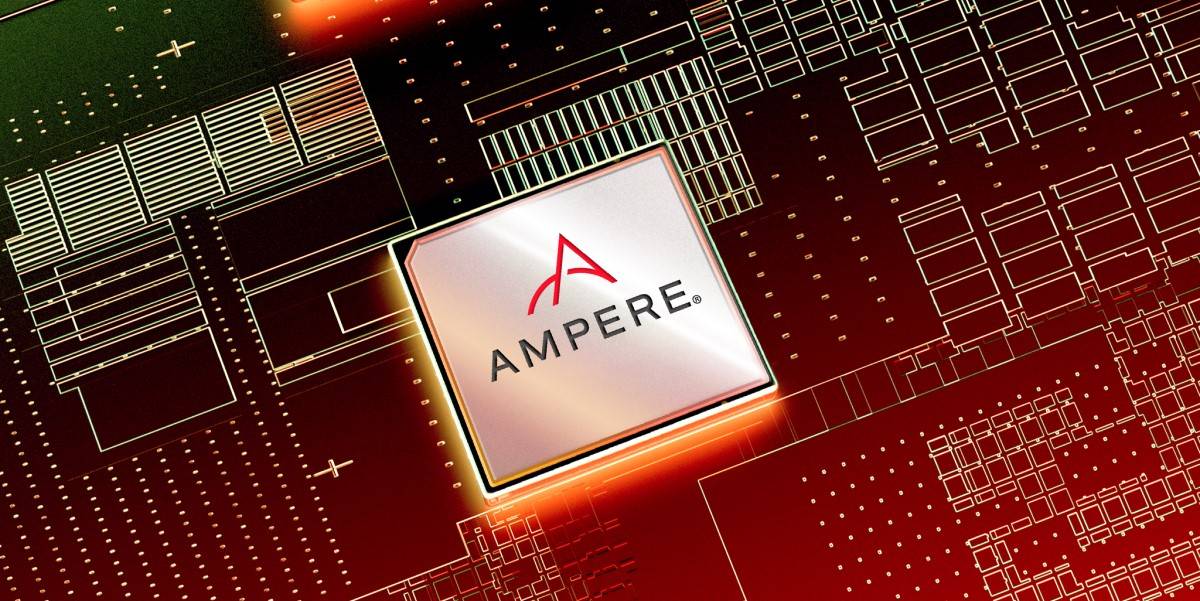Ampere Teases Arm-compliant Homebrew Cores That Deprecate Instructions Clouds Dont Need

Ampere says it has developed its own “Arm-compliant” compute cores for server-grade processors it will begin to manufacture in 2022 and hopes will eventually challenge Intel’s Xeon and AMD’s Epyc in the cloud.
CTO and chief architect Atiq Bajwa on Wednesday said the upstart has built “an Arm-compliant core that deprecated optional features that are not relevant to cloud.”
“We selectively optimised instructions based on their prevalence for data centre workloads,” he said, adding: “And we optimised performance and power for cloud environments, not laptops or phones.”
And that was just about all he said, other than that chips using the cores will be built with a 5nm process and handle more bandwidth and offer more cores than rivals.
Bajwa spoke at a strategy event (video here if you have a high tolerance for insincere corporate language) at which Ampere revealed that Microsoft is a customer of its 80-core Altra silicon, and Chinese web giant Tencent is curious about the product. Oracle also spoke – as it would given it’s invested in Ampere and is a known user of its products.
Also revealed: the silicon designer plans 2021 shipping for the Altra Max CPU that The Register yesterday revealed would ship in ten variants running at up to 3GHz. Ampere has now published a data sheet [PDF] revealing that the Altra Max has variants with 96, 112 and 128 64-bit cores that are compatible with the Armv8.2+ architecture.
CEO Renee James said her company’s product plans are predicated on a belief that hyperscale customers want silicon tuned for microservices, and therefore able to run many relatively small workloads in parallel without any one core’s workload slowing its neighbors. James thinks delivering on that promise will satisfy cloudy customers and that the Arm architecture’s power-sipping ways will also attract their attention.
Our sibling publication The Next Platform interviewed James ahead of the launch. But neither James nor Ampere’s other execs offered any detail on how the biz will package its own cores, or what “Arm-compliant” entails.
- IBM says it's built the world's first 2nm semiconductor chips
- You're V1 for me, says Arm: Chip biz's 'highest-performance core' takes aim at supercomputers, AI, anything relying on vector math
- VMware is 'a few months away' from M1 release of Fusion macOS desktop hypervisor
It would clearly be folly for “Arm-compliant” to exclude software written for the platform, as even hyperscalers would surely balk at having to get into heavy software customization unless the new silicon promised a quantum leap in performance.
And while Ampere’s language about its future products was effusive, execs stopped well short of promising massive change. All involved did, however, suggest that topping x86 performance is just-about in the bag and all that remains is for cloudy customers to wake up to the fact and propel Ampere to glory by helping to cut your cloud bills. ®
From Chip War To Cloud War: The Next Frontier In Global Tech Competition
The global chip war, characterized by intense competition among nations and corporations for supremacy in semiconductor ... Read more
The High Stakes Of Tech Regulation: Security Risks And Market Dynamics
The influence of tech giants in the global economy continues to grow, raising crucial questions about how to balance sec... Read more
The Tyranny Of Instagram Interiors: Why It's Time To Break Free From Algorithm-Driven Aesthetics
Instagram has become a dominant force in shaping interior design trends, offering a seemingly endless stream of inspirat... Read more
The Data Crunch In AI: Strategies For Sustainability
Exploring solutions to the imminent exhaustion of internet data for AI training.As the artificial intelligence (AI) indu... Read more
Google Abandons Four-Year Effort To Remove Cookies From Chrome Browser
After four years of dedicated effort, Google has decided to abandon its plan to remove third-party cookies from its Chro... Read more
LinkedIn Embraces AI And Gamification To Drive User Engagement And Revenue
In an effort to tackle slowing revenue growth and enhance user engagement, LinkedIn is turning to artificial intelligenc... Read more

